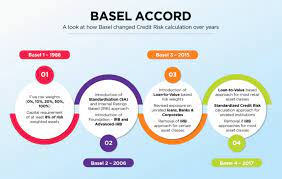29
Sep
International Financial Reporting Standards (IFRS) are a set of accounting standards developed by the International Accounting Standards Board (IASB). They provide a common framework for financial reporting that aims to enhance comparability, transparency, and relevance of financial statements across different countries and industries. While IFRS does not specifically focus on risk management, it plays a significant role in the financial reporting practices of banks and financial institutions, which are essential components of effective risk management. Here's how IFRS relates to risk management in banks and financial markets: Disclosure of Financial Instruments: IFRS requires banks and financial institutions to provide detailed…









